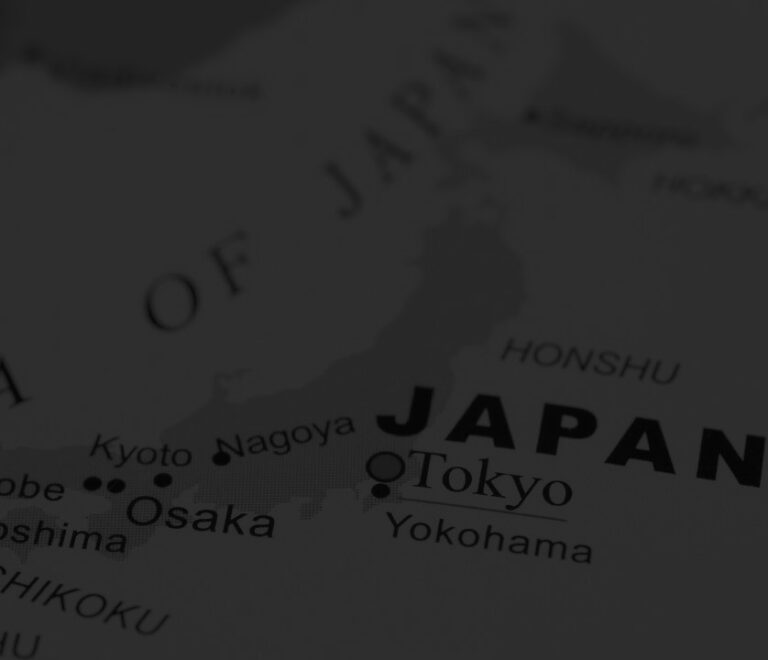Hyogo Prefecture
Where is Hyogo?
Hyogo Prefecture is part of the Kansai region in south-central Japan on the island of Honshu.
It is bordered by Osaka and Kyoto Prefectures to the east and Tottori and Okayama Prefectures to the west.
Awaji Island in the south of the prefecture is connected to Tokushima Prefecture on the island of Shikoku by several bridges which cross the Naruto Strait.
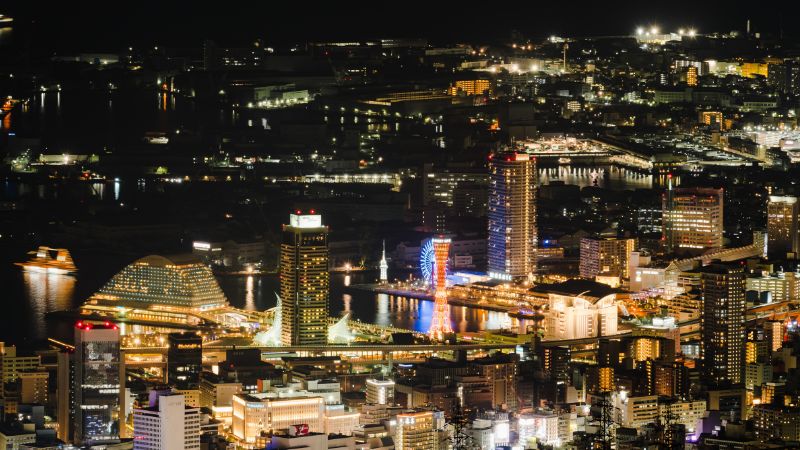
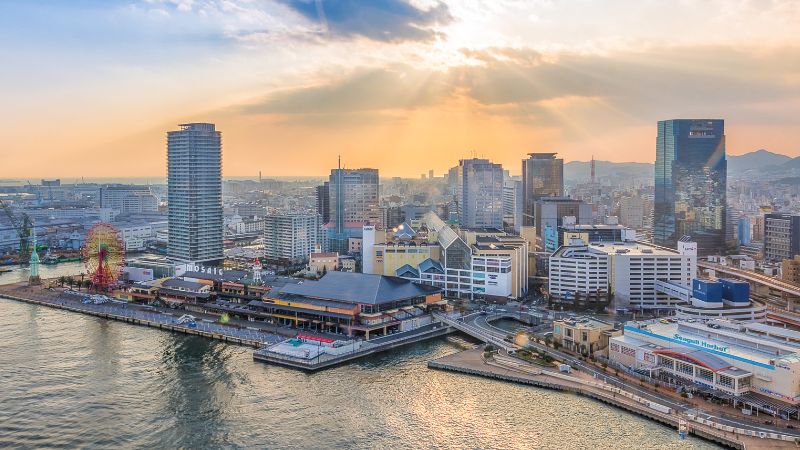
Kobe is the capital of the prefecture and forms part of the Keihanshin metropolitan area along with the cities of Osaka and Kyoto.
What is Hyogo known for?
Hyogo Prefecture is home to Himeji Castle, one of the most well known castles in Japan.
The castle is still largely as it was when it was built in the 1600s and is a UNESCO World Heritage site which admits around 15,000 visitors each day.
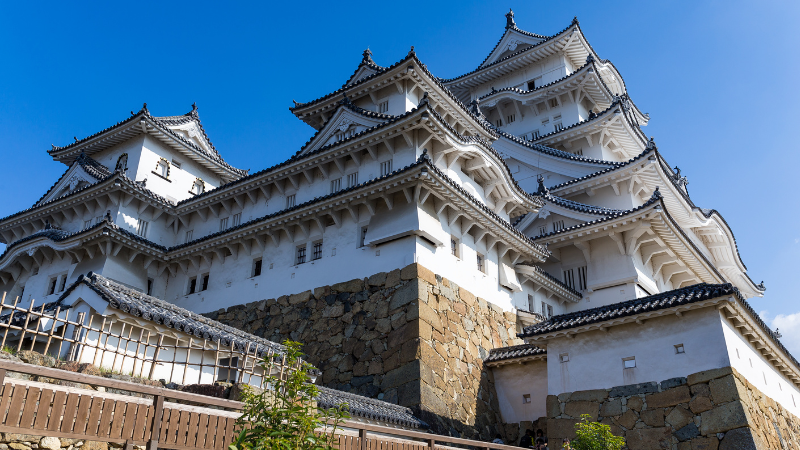
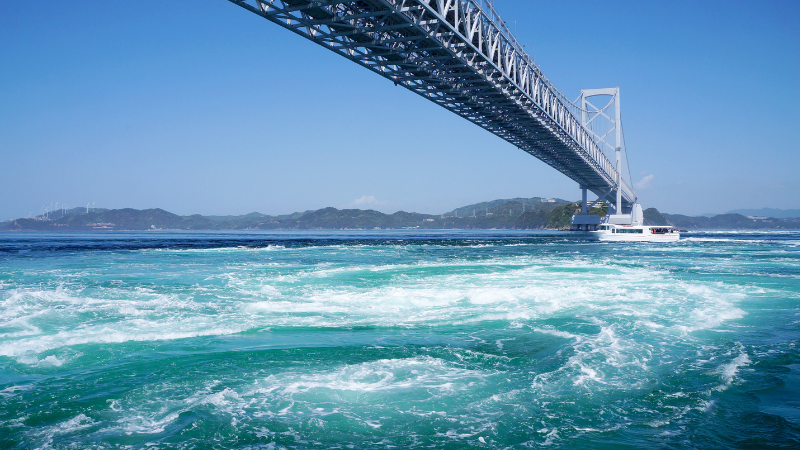
Awaji Island and Shikoku are separated by the Naruto Strait, famous for the Naruto Whirlpools which can be viewed from the bridges crossing the strait or from tour boats.
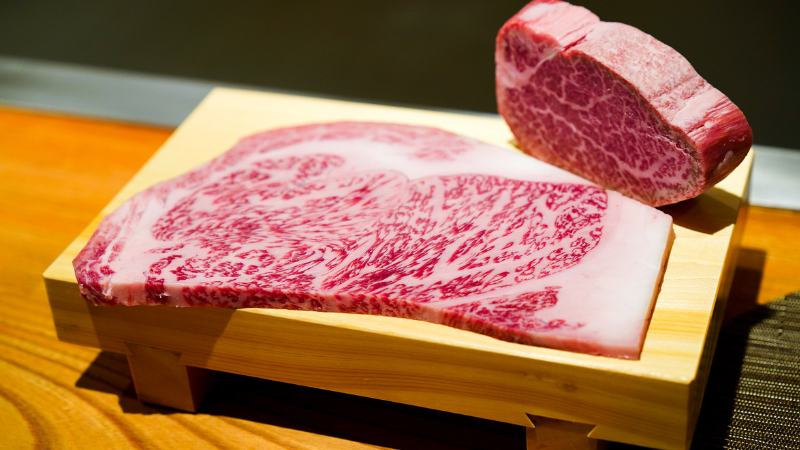
Kobe Beef is one of the most desirable and famous varieties of wagyu, Japanese beef with a marbled texture.
Japanese Black cattle, one of only 4 breeds whose meat is allowed to be called wagyu, are raised, fed and processed in Hyogo by local ranchers.
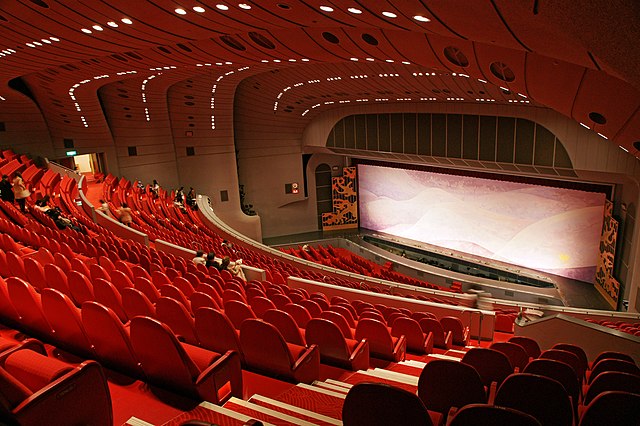
Takarazuka is the home of the Takarazuka Revue, an all female theater troupe. Their performances at the Takarazuka Grand Theatre attracts a large number of domestic and international tourists.
Where should I visit in Hyogo?
The majority of visitors to Hyogo Prefecture head to either Kobe or Himeji. Both cities are well connected and sit on the San’yo Shinkansen line between Osaka and Fukuoka.
Kobe is an attractive port city with a popular harbor area containing shopping, museums, aquariums and the Kobe Port Tower.
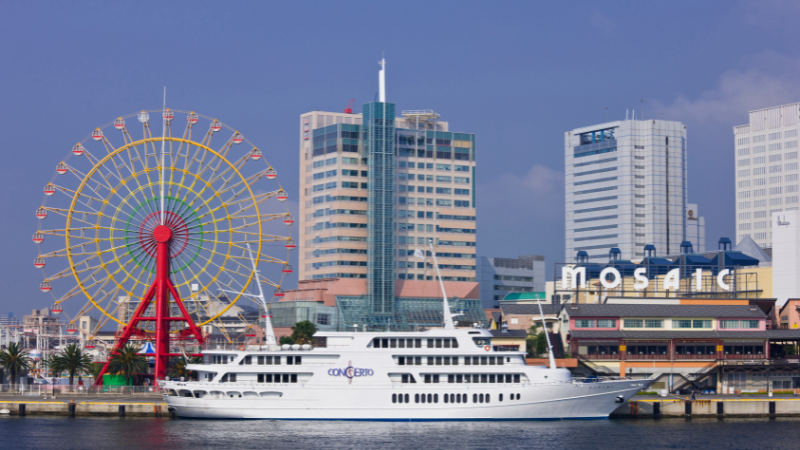
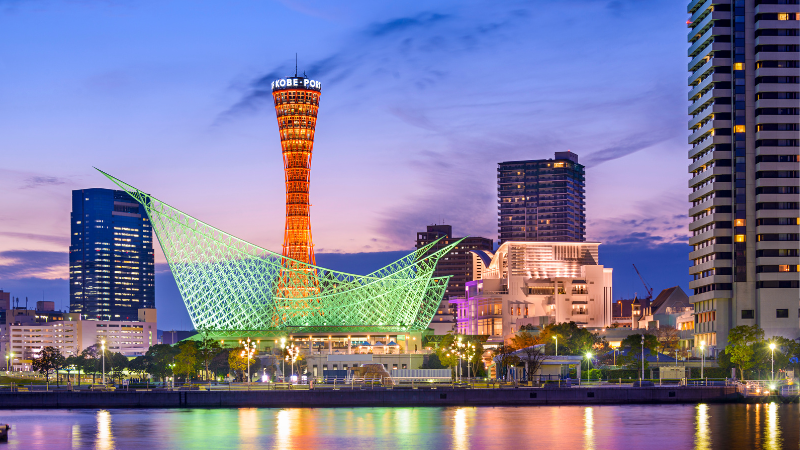
Kobe has a history as one of several port cities where Europeans were allowed to live and this influence can be found in the historic western-style buildings of the Kitano Ijinkan area and the alpine themed Nunobiki Herb Garden and Ropeway.
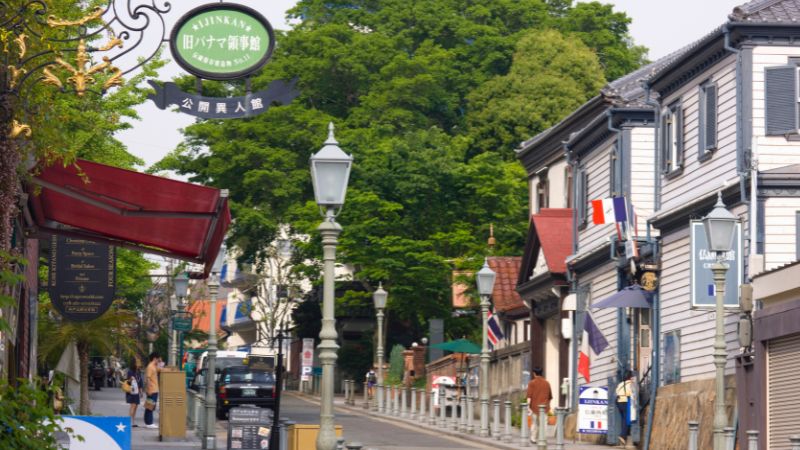
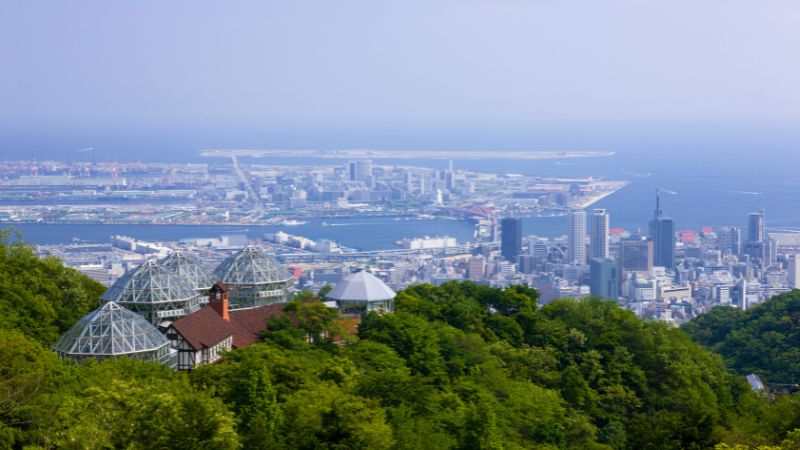
The main attraction in Himeji is the historic castle.
Himeji Castle is one of the few remaining original castles in Japan and it still dominates the surrounding skyline over 400 years after being built.
It attracts visitors from around the world and often has long queues of people waiting for entry to the castle grounds and buildings due to its popularity.
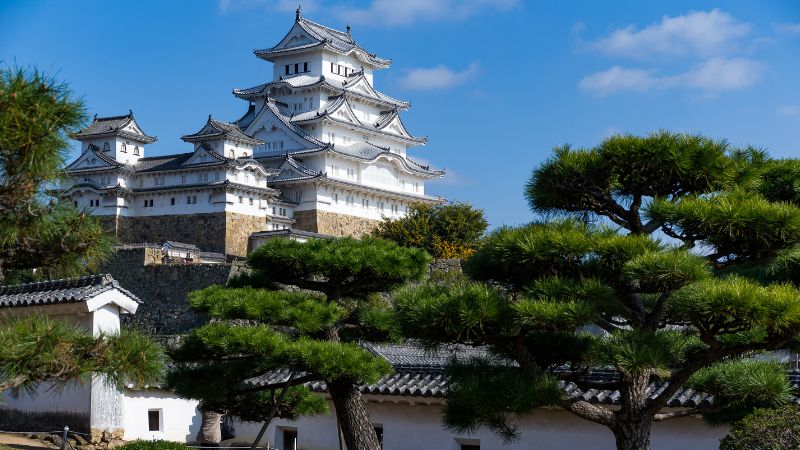
Mount Rokko offers stunning views over Osaka Bay and the Kansai plain.
Visitors can see across Kobe, Osaka and as far as Wakayama Prefecture on a clear day. The peak can be accessed by cable car (funicular) and bus from Kobe or via ropeway from the charming onsen town of Arima Onsen.
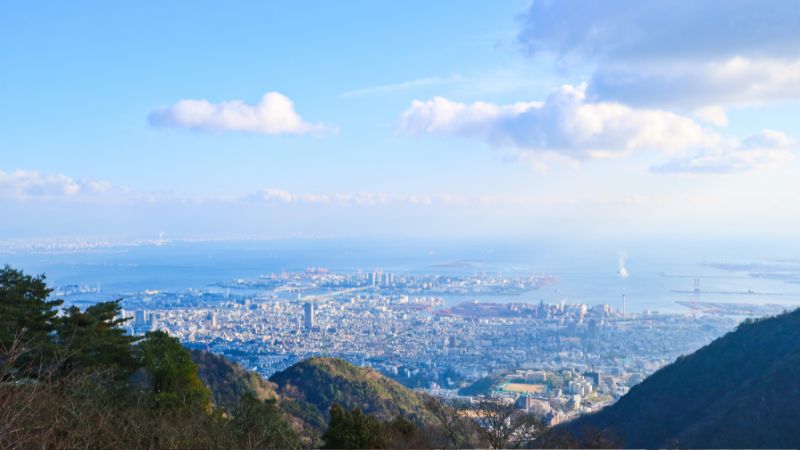
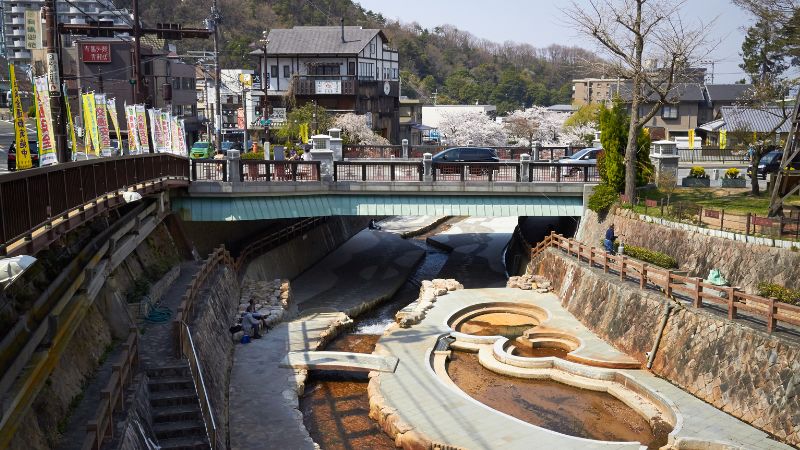
When is the best time to visit Hyogo?
Hyogo Prefecture experiences a variety of weather conditions throughout the year due to its diverse geography ranging from coastal areas bordering the Seto Inland Sea to inland mountainous regions.
Spring (April to May) sees moderate rainfall and warm temperatures. The cherry blossom season occurs in early-mid Spring.
Summer (June to August) brings higher temperatures but also sees the start of the rainy season in early summer.
The typhoon season typically runs from mid-summer to early autumn and as a southern coastal prefecture, Hyogo may be adversely affected in the event of a typhoon.
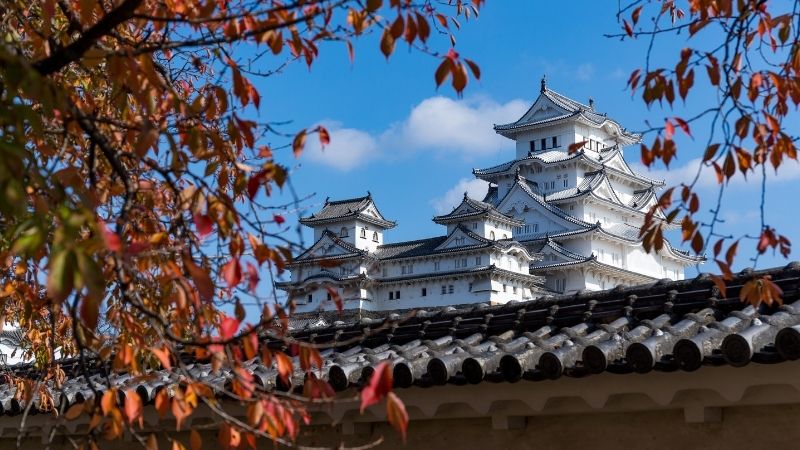
Autumn (September to November) is generally dry with occasional rain showers and mild temperatures similar to spring.
Winter (December to February) sees snowfall, especially in inland areas and low temperatures throughout the prefecture.
All Events in Hyogo
No events found.
Tours and Activities in Hyogo
None found.
Where should I stay in Hyogo?
As the main city in the prefecture, visitors to Hyogo often choose Kobe for their accommodation.
Due to the excellent train links and short connection times, many visitors also consider staying in Osaka, especially if only visiting Kobe or Himeji on day trips.
Central Kobe is a relatively easy area to navigate and hotels can be found near all major railway stations.
Visitors to Hyogo Prefecture staying in Osaka are recommended to stay near Umeda or Shin-Osaka stations for ease of travel into the prefecture.
Budget hotels from popular national chains such as Tokyu REI and Remm Plus be found in convenient locations across both cities.
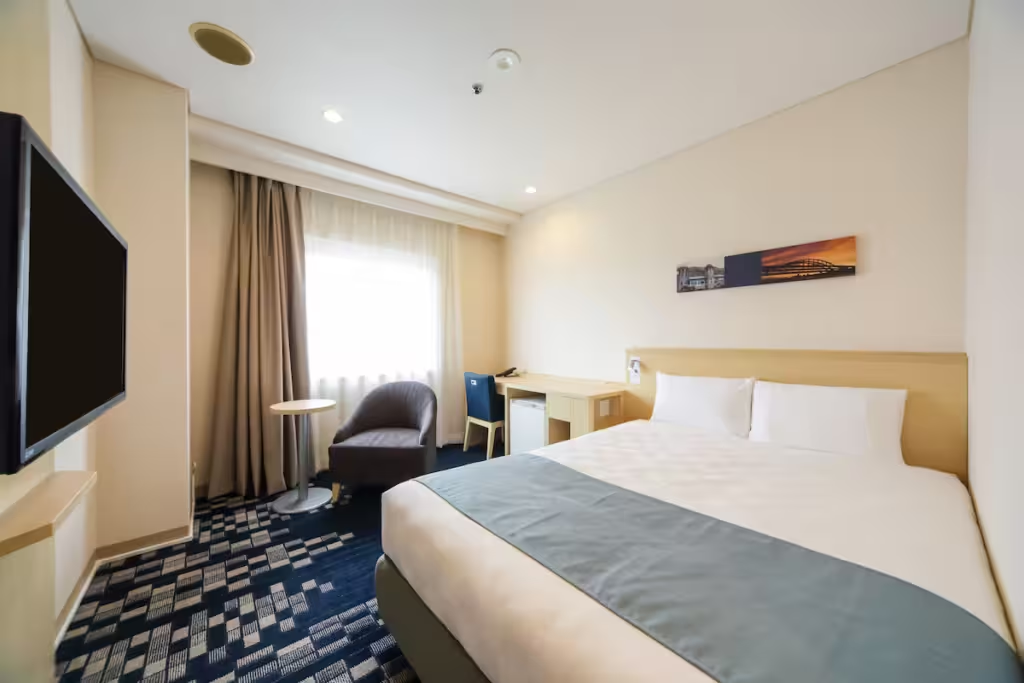
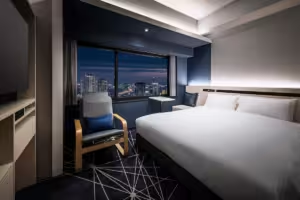
Kobe features a number of luxury accommodation options with high-end hotels near the harbor including the Portopia Hotel and the Meriken Park Oriental Hotel.
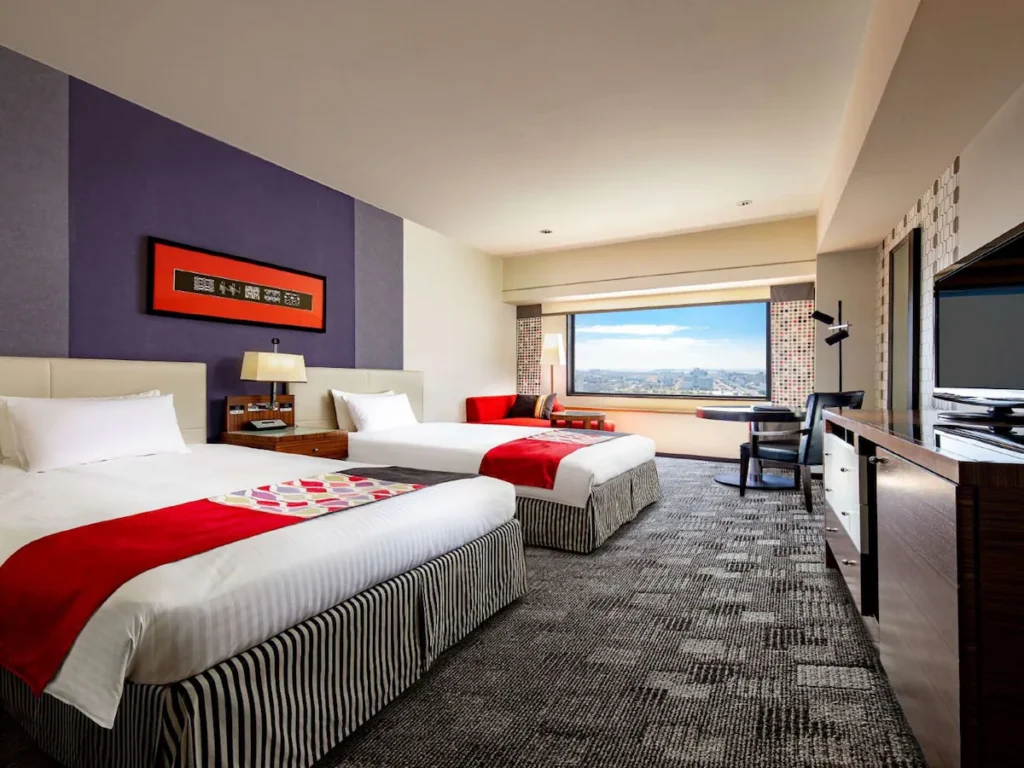
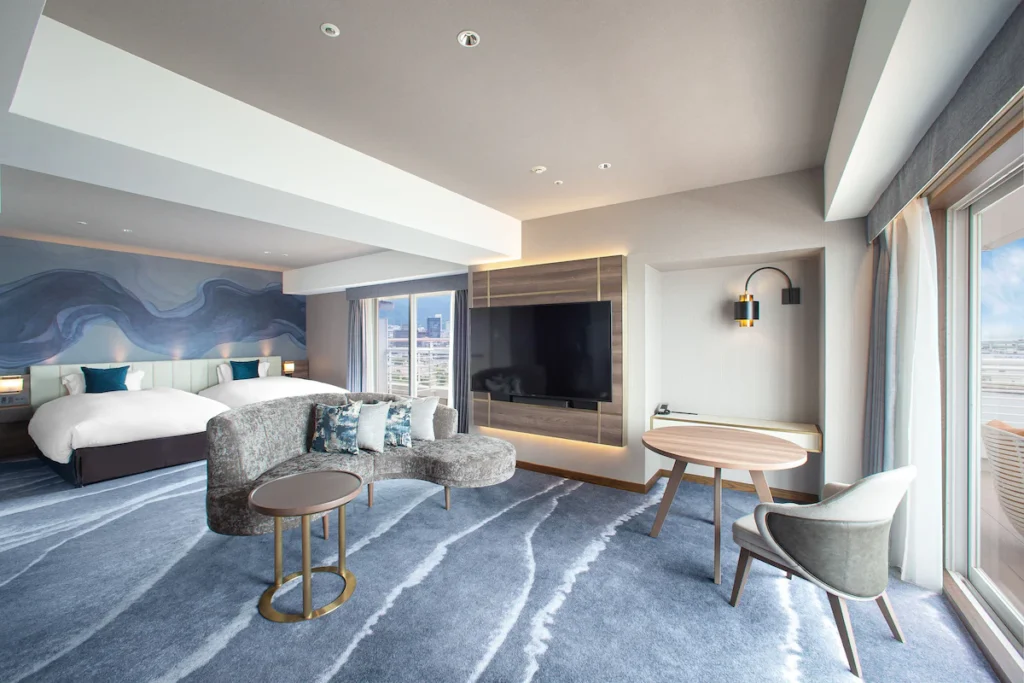
How do I get to Hyogo Prefecture?
Most visitors to Hyogo will enter the prefecture via air or train.
Kobe Airport is the main airport in Hyogo Prefecture itself and serves a number of domestic Japanese destinations. The airport is a short train journey from central Kobe.
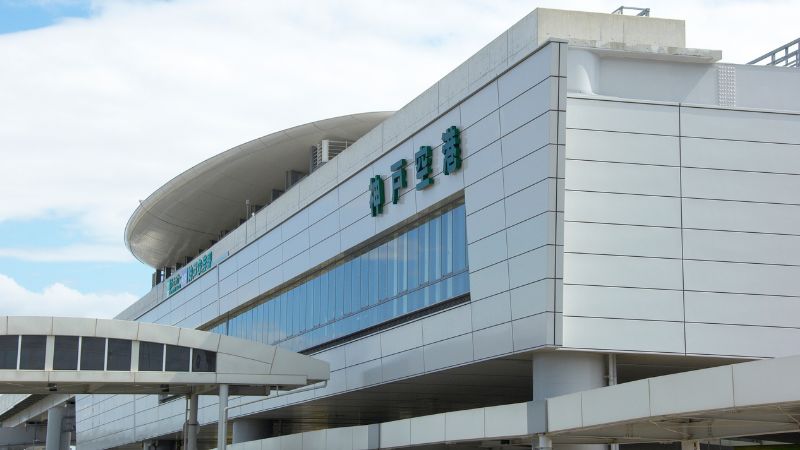
Osaka-Itami Airport straddles the Osaka/Hyogo border and is the busiest domestic airport in Japan with links to most other major airports in the country. Itami connects to the Osaka train network which can reach Kobe in under an hour.
Kansai Airport is one of Japan’s main international airports. Visitors can reach Hyogo Prefecture by either taking a train from the airport to Osaka and switching to a Kobe bound train. A ferry also runs several times per day between Kansai Airport and Kobe Airport.
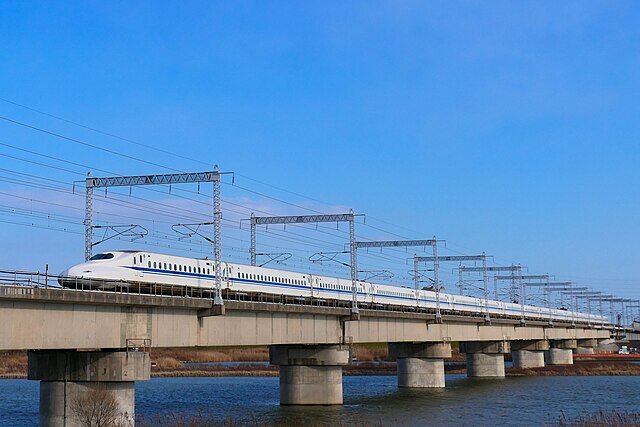
Kobe (Sannomiya Station), Himeji and Akashi in Hyogo Prefecture are all on the San’yo Shinkansen route. This route goes between Osaka and Fukuoka with through trains and connections providing onward travel to Tokyo, northern Honshu and Kyushu.

This post may contain affiliate links, and Essential Japan may earn a commission if you purchase through them.
No tags for this post.
